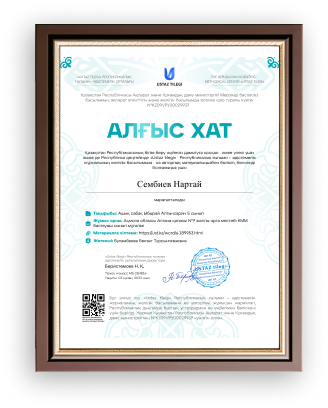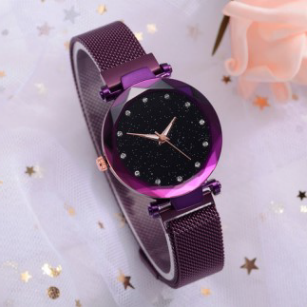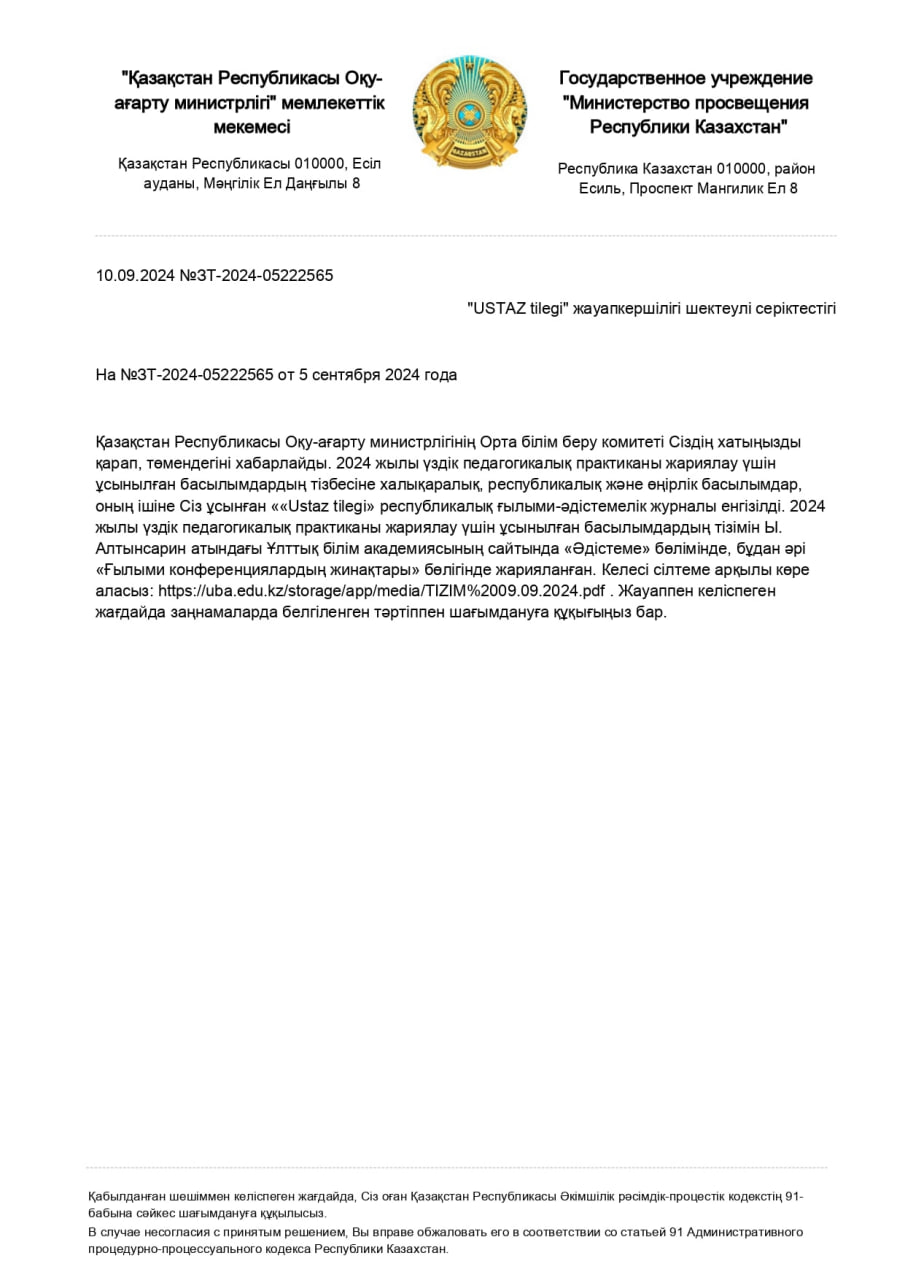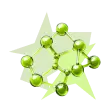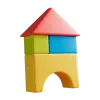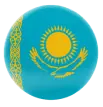Бұл материал сайт қолданушысы жариялаған. Материалдың ішінде жазылған барлық ақпаратқа жауапкершілікті жариялаған қолданушы жауап береді. Ұстаз тілегі тек ақпаратты таратуға қолдау көрсетеді. Егер материал сіздің авторлық құқығыңызды бұзған болса немесе басқа да себептермен сайттан өшіру керек деп ойласаңыз осында жазыңыз

Бонусты жинап картаңызға (kaspi Gold, Halyk bank) шығарып аласыз
1 жыл бойы тегін жүктеу мүмкіндігіне ие болыңыз!

жеңілдік
11 grade SAT 2 term

Summative Assessment for term 2- 11 grade
Listening.
Task 1. Listen to a science lesson. Then complete the gaps in this summary.
The brain consists of grey and white matter. It weighs just over a kilo. It uses [1] _________ of the body's energy. It contains over [2] _________ which make up neurons. These neurons are connected by electrical impulses. There are more possible connections in one brain than there are [3] _________. Neuroscientists have mapped different areas of the brain which are responsible for [4] _________. The areas of the brain related to controlling [5] _________ could be compared to miniature film studios. Our eyes and ears send signals all the time, and it is our brain that interprets these signals and builds up a picture of the outside world. Scientists have also identified areas responsible for different emotions, such as [6] _________, love and laughter. There are also different areas for different types of thinking, such as learning your own language and learning a foreign language.
[6 points]
READING
Task 2. Read the article and complete the tasks below.
Before clocks, phones and Fitbits,
there was sunlight and mathematics
How do you tell the time on a cloudy day? Easy. You look at your phone or your watch.
That works today — but let's go back several thousand years to when watches did not exist. A glance at the sun would give some idea of time. The sundial was in use in Egypt by 1500 B.C. Its principle was simple: As the sun moved across the sky, the shadows it cast also moved. By marking equal divisions around a rock, tree or stick, people could track the passage of time. Seasonal changes brought their own challenges as the angle of the sun shifted. But over time, sundials improved and gained greater accuracy.
An overcast sky, though, could render a sundial useless. Yet, people still had to be at work on time and know when to meet friends for lunch. As a result, many clever ways to tell time were invented.
One was the water clock, which was invented by the Egyptians. A container was filled with water, which steadily drained through a hole of a specific size. Markings on the side of the container showed the passage of time. The water clock was also called the clepsydra, from the Greek words "to steal water." Gradually, the water clock became more sophisticated.
Al-Jazari is remembered as a famous 12th century Arab scholar. He used water to power his 20-foot-tall clock. The device was large and very complicated. Early scientists, like their modern counterparts, were brilliant people. Arab scholars may not have had battery-powered calculators or computers, but they made incredible scientific advances. They were making major advancements long before Europe moved out of the so-called Dark Ages.
When The Candle Is Spent ...
In China, people used candles to tell time. Around the year A.D. 520, You Jiangu and a few colleagues figured out that similar candles burn at the same rate. For example, they took six candles, each marked in 12 sections. They knew each candle took four hours to burn away. Simple math will tell you that each section took 20 minutes to burn.
About 300 years later, England's King Alfred used a similar candle clock. Did it take three centuries for the idea to cross Asia and Europe? Or did Alfred come up with the idea on his own? We do not know, but historians and archaeologists may someday figure out the answer.
Not surprisingly, candle clocks needed protection from the wind. A gentle breeze caused them to burn more quickly. A strong puff would blow them out. Maybe then time stood still! Glass wasn't easily available, so people put the candles in wooden lanterns. The lanterns were fitted with transparent panels made out of horn, so the flame was still visible but protected.
Hurry! Hurry! The Hourglass Is Almost Empty!
The hourglass was another effort to measure time. The concept was simple. Two glass bulbs, one filled with a specific amount of sand, were joined by a narrow neck. It took one hour for the sand to flow from the top bulb to the bottom one. For many centuries, they were popular on sailing ships. However, the crew member responsible for turning the glass each hour dared not fall asleep at the wrong moment.
Small hourglasses were popular in kitchens to help boil eggs correctly. The sand ran through in three minutes. Today, electronic egg timers are available. Still, your grandma or grandpa may have an old hourglass tucked away in their cupboards.
Watch Out!
Reliable chronometers — timepieces like we think of them today — finally came along in the 1700s. At last, telling time was no longer at the mercy of sun, wind or sand.
Answer the questions
|
1 |
Read the section "When The Candle Is Spent" and explain what a solution to the problem with candle clocks people found out
|
Not surprisingly, candle clocks needed protection from the wind. A gentle breeze caused them to burn more quickly. A strong puff would blow them out. Maybe then, time stood still! Glass wasn't easily available, so people put the candles in wooden lanterns. The lanterns were fitted with transparent panels made out of horn, so the flame was still visible but protected.
Which answer choice is the BEST definition of the word "available" as used in the sentence?
A) awkward
B) occupied
C) obtainable
D) scarce
|
3. |
Read the paragraph below from the section "Hurry! Hurry! The Hourglass Is Almost Empty!” The hourglass was another effort to measure time. The concept was simple. Two glass bulbs, one filled with a specific amount of sand, were joined by a narrow neck. It took one hour for the sand to flow from the top bulb to the bottom one. For many centuries, they were popular on sailing ships. However, the crew member responsible for turning the glass each hour dared not fall asleep at the wrong moment. What inference can the reader make based on this paragraph? A) In order to tell time past one hour, two hourglasses are needed to pour out sand at the exact same time. B) In order to tell time past one hour, the hourglass makes the sand travel from the top bulb to the bottom bulb. C) In order to tell time past one hour, the hourglass turns itself over after the bottom becomes heavy enough. D) In order to tell time past one hour, someone must turn over the hourglass when all of the sand flows to the bottom.
|
||||||||||||||||||
Card 2.
1. Why is telling time so important to people today?
2. How would your life be different if you lived in a world without clocks? Describe what a day in a life without clocks might be like.
3. Do you think you manage your time wisely?
4. Do you make a detailed schedule for every day?
5. Do you have any electronic gadgets which you think really save you time?
[6 points]
Total marks ___/24
|
Assessment criteria |
Task |
Descriptor |
Mark |
||||
|
A learner |
|||||||
|
Deduce meaning from context with little support in extended talk on a limited range of general and curricular topics. |
1 |
|
1 |
||||
|
2 100 billion cells |
1 |
||||||
|
3 atoms in the universe |
1 |
||||||
|
4 different functions |
1 |
||||||
|
5 sight and hearing |
1 |
||||||
|
6 fear |
1 |
||||||
|
Read the text and mark the sentences True/False according to the context.
|
2 |
|
1 |
||||
|
1 |
||||||
|
1 |
||||||
|
1 |
||||||
|
1 |
||||||
|
1 |
||||||
|
Write a text keeping the layout and format of a given genre according to the given questions, writing about real events connecting them into paragraphs |
3 |
link and coordinate sentences and paragraphs in a text within the framework of familiar topics; |
1 |
||||
|
checks the work for spelling errors; |
1 |
||||||
|
use accurately grammatical structures; |
1 |
||||||
|
uses Present tenses; |
1 |
||||||
|
uses given phrases in writing; |
1 |
||||||
|
conveys fantasy ideas; |
1 |
||||||
|
Choose a card and prepare an individual speech providing unprepared speech to answer a variety of questions and applying a variety of grammar accurately. |
4 |
Shows sustained ability to maintain a conversation |
1 |
||||
|
Pronunciation is intelligible. |
1 |
||||||
|
Intonation is appropriate. |
1 |
||||||
|
Produces error-free simple sentences. |
1 |
||||||
|
Uses complex grammatical forms, but may make errors, which rarely cause comprehension problems. |
1 |
||||||
|
Uses a range of appropriate vocabulary to give and exchange views on a growing range of general and curricular topics. |
1 |
||||||
|
Total marks |
24 |
||||||
Audioscript
Teacher:
Right, the topic of today's lesson is ‘The brain'.
Well ... it is an absolutely amazing organ. The brain consists of grey and white matter. It weighs just over a kilo - just imagine that, like a kilo of potatoes. But this is a very special kilo. It uses twenty percent of the body’s energy. And it contains over one hundred billion cells - that's a ‘billion’ with a ‘b’. One hundred billion cells. These make up neurons, or nerve cells, which are
